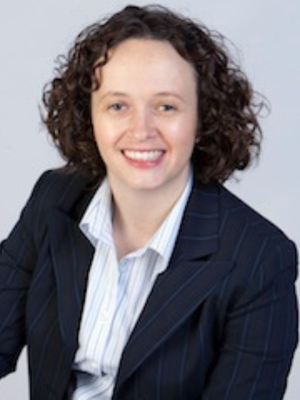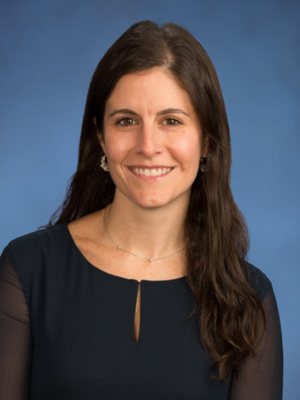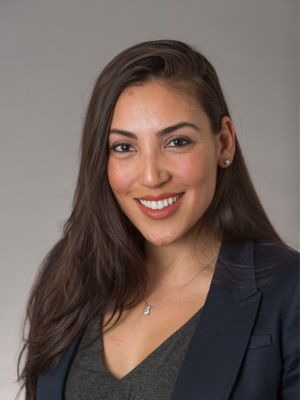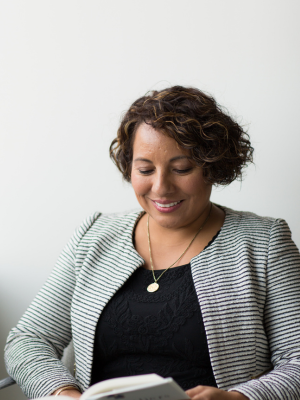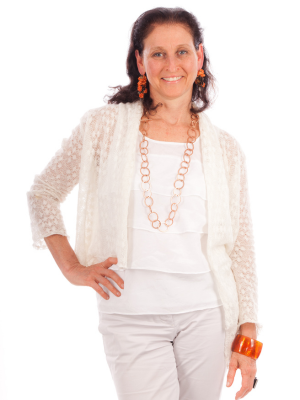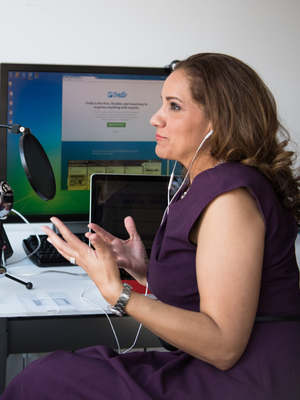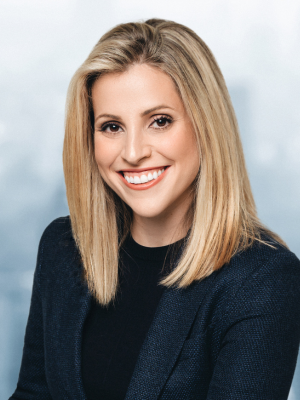 “I began my career as an individual investor. Now, I’m a manager of investors and of the processes that help enable us to invest at scale,” says Alexandra Wilson-Elizondo. “I’ve learned that if you’re going to be leading a very large platform, building infrastructure and frameworks is critical to the future success of the business.”
“I began my career as an individual investor. Now, I’m a manager of investors and of the processes that help enable us to invest at scale,” says Alexandra Wilson-Elizondo. “I’ve learned that if you’re going to be leading a very large platform, building infrastructure and frameworks is critical to the future success of the business.”
Wilson-Elizondo reflects on what makes her passionate about the financial industry, how she leveled up her leadership, and her commitment to growth for herself, her team, and the business.
From Adversity to Impact
Wilson-Elizondo’s professional journey is deeply intertwined with personal experiences that shaped her aspirations. Born into a family with roots in Argentina, Wilson-Elizondo learned early on how economic upheaval can have life-changing consequences.
“Growing up, I witnessed firsthand how when resources are not distributed appropriately, it can lead to really negative outcomes,” she recalls. “Seeing my family members’ savings go to zero overnight and not having access to funds—the trauma and impact that had on their lives — left an indelible impression on me.”
These early observations, coupled with her mother working in international trade finance, sparked Wilson-Elizondo’s drive to study economics in college.
“I wanted to get an understanding of how one can distribute resources in an economy for the benefit of multiple people and the broader society.”
However, the timing of her graduation from Haverford College — in 2008, during the global financial crisis — was less than ideal.
“I thought I’d graduate straight into a glorious job on Wall Street,” she admits with a laugh. Instead, Wilson-Elizondo’s first role involved answering calls from Spanish-speaking 401(k) participants seeking hardship withdrawals. “It was a challenging time, but it taught me invaluable lessons about saving, investing, and the real-life impact of economic downturns,” she says.
Wilson-Elizondo’s career steadily progressed. She honed her expertise in fixed-income markets and built a reputation for innovative investment strategies that benefitted both retail and institutional investors. Three years ago, she joined Goldman Sachs as Head of Funds and Models before rising to her current role as Co-Chief Investment Officer. Recently, she celebrated another milestone: becoming a partner at the firm.
Leveling Up
Wilson-Elizondo credits taking a long-term view and being resilient as the main attributes for success at work. She also advises professional women starting in their careers to have an entrepreneurial mindset.
“Build things, do not wait for people to assign things to you. Continue to constantly learn about what you’re interested in; being an expert is always a good thing, and it will help your career.”
She notes while sponsors are definitely in the mix and useful, it is also about being proactive in your career and not just waiting for someone to “pull you up” or for perfection to move ahead.
“Sometimes women can be focused on being perfect and not wanting to fail they don’t just go for it and see what can be learned in the attempt. It’s okay to not be perfect. As my mom likes to say, perfection is the enemy of good — you have to go for it.”
Networking Matters
For Wilson-Elizondo, networking is key as not only does it help build communities of support, but it can even lead to the next great opportunity, as it did for her in joining Goldman Sachs.
“This is a people business. I cannot impress enough the importance of having a network, but it’s not just about the quantity. The quality of the connections matter just as much.”
Wilson-Elizondo sees sponsors and mentors as an integral part of that network of support and emphasizes having a “personal board” to look to for guidance and opportunity.
“In each stage of my career I’ve heeded the advice to build my personal board. It’s thinking about who are the five or six people to go to for very critical decisions? Why are they on your board? Why do they keep a seat on your board, or do you rotate them? They can be a mix of mentors, sponsors, or just people whose opinions you trust.”
Supporting the Next Generation of Diverse Leaders
For Wilson-Elizondo, advancing in her career means more than personal success; it’s about paving the way for others. As a Latina in a leadership role at Goldman Sachs, not only in her day job but also across the firm’s Inclusion Networks, she prioritizes helping build a diverse pipeline of talent and guiding the next generation towards their goals. Wilson-Elizondo is proud to be a part of a partner class with the largest number of diverse promotes in firm history and seeks to help other diverse professionals across the firm navigate that path.
“Sometimes it’s about explaining what the criteria is,” she notes. “If people are working really hard but they’re not focused on the rubric they’re being evaluated against, you have this mismatch. As a mentor, I try to make sure people are setting goals, asking for consistent feedback and checking in with themselves to ensure that they understand what they need to focus on to grow and develop to the next level.”
As a strong advocate for visibility, Wilson-Elizondo emphasizes the importance of communication and presentation skills in professional settings. “Every micro-interaction matters. How you present yourself, how you deliver content, how you address your work product — it’s all part of the equation,” she says. She encourages others, especially those starting out in their careers, to take advantage of coaching and training opportunities to hone these skills.
Her own journey demonstrates the power of owning one’s unique perspective. “The best and most excellent teams are ones that accept different voices and aren’t echo chambers,” she asserts. “I continue to lean into having a different view, a different voice, because that ultimately leads to differentiated — and I believe better — outcomes.” For those who feel their perspectives are not valued, she offers candid advice: “If the team you’re on isn’t working, or they don’t see the value in what you bring, switch the team, change the option set.”
Guidance for Leadership
Wilson-Elizondo believes that effective leadership is about balancing vision with trust in your team. “You’ve got to manage down, not up. Set the vision and trust your team to deliver,” she advises.
She likens leadership to building a puzzle: “I’ll set the outline so my team has a clear vision on where we’re going and what we’re working towards, but I count on them to fill in the rest. As a leader, you can’t try to do everything yourself. You need to create exponential leverage by trusting your team.”
This trust, both in your team and in your own hard work and leadership, is especially critical in fast-paced industries. “Be confident and trust the work and analysis you’ve put into the decisions you’ve made.”
Committed to Growth
Wilson-Elizondo’s vision for the future is twofold: growing the assets she manages and mentoring the next generation of investment professionals. “One of the things that happened during COVID was that many places lost the apprenticeship model,” she explains. “People weren’t in the office watching trades get built or investment theses unfold. Rebuilding that has been a priority for me, and at Goldman Sachs more broadly where apprenticeship is embedded into our culture and how we develop talent at the firm.”
At the same time, she is deeply focused on her life outside of work, where raising three young children with her husband takes center stage. “My passions are my three kids and my husband right now,” she says. “We’re just inundated in baby and kids and fun stuff like that.”
While hobbies like reading and running take a back seat to a busy schedule and spending time with her family, Wilson-Elizondo embraces the reality of this season with humor and grace.
“If I tell you I have three kids, just made partner, and by the way, I have a million passions and interests, it’s misleading,” she admits. “This is life — these are the things I’m able to accomplish in a 24-hour day. Honesty is the best policy, but you can have both.”
Balancing the demands of leadership at work and home with an honest and forward-thinking perspective, Wilson-Elizondo is a leader committed to growth — professionally, personally, and for the next generation of investors that she’s dedicated to guiding.
By Jessica Robaire

